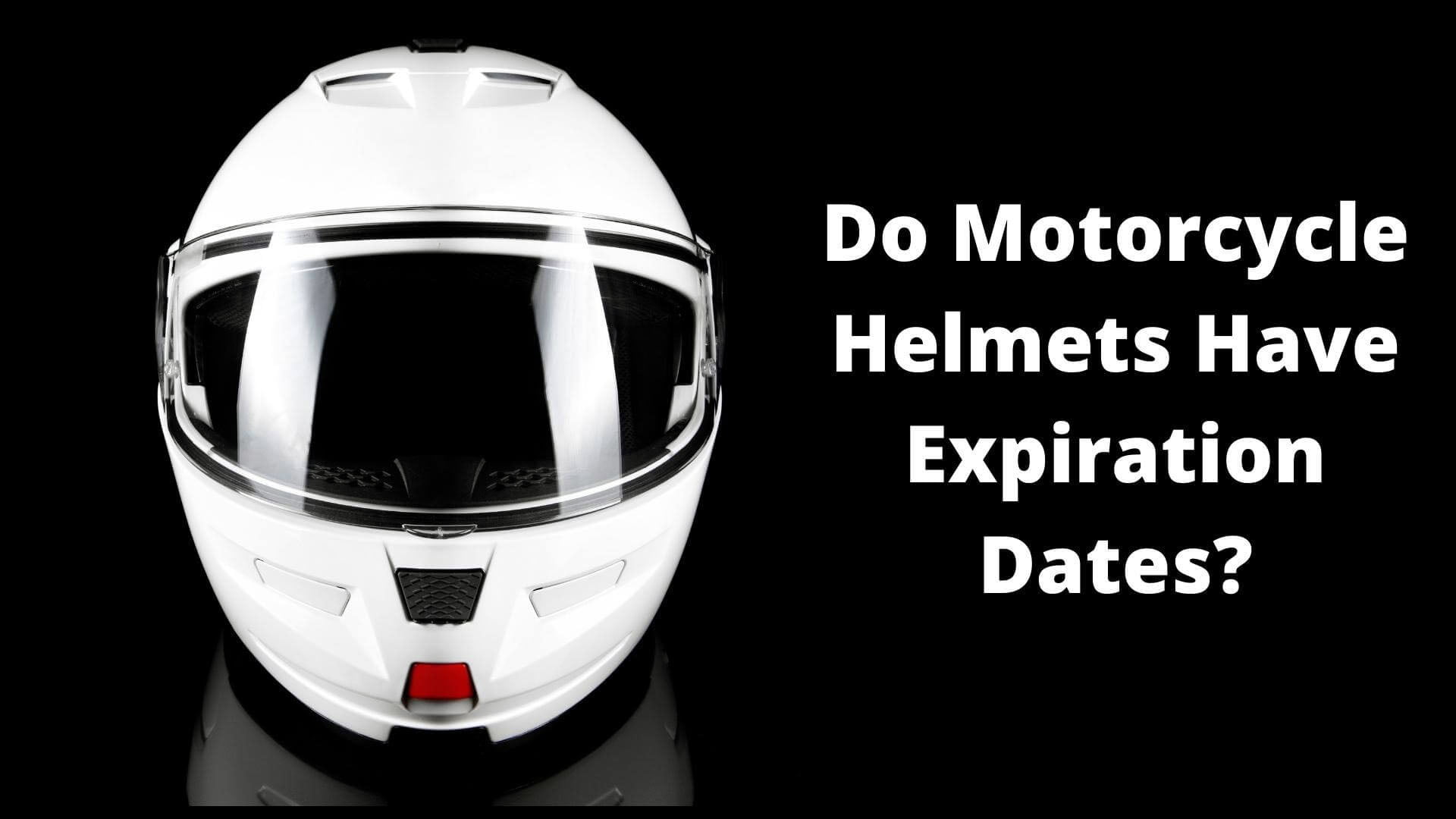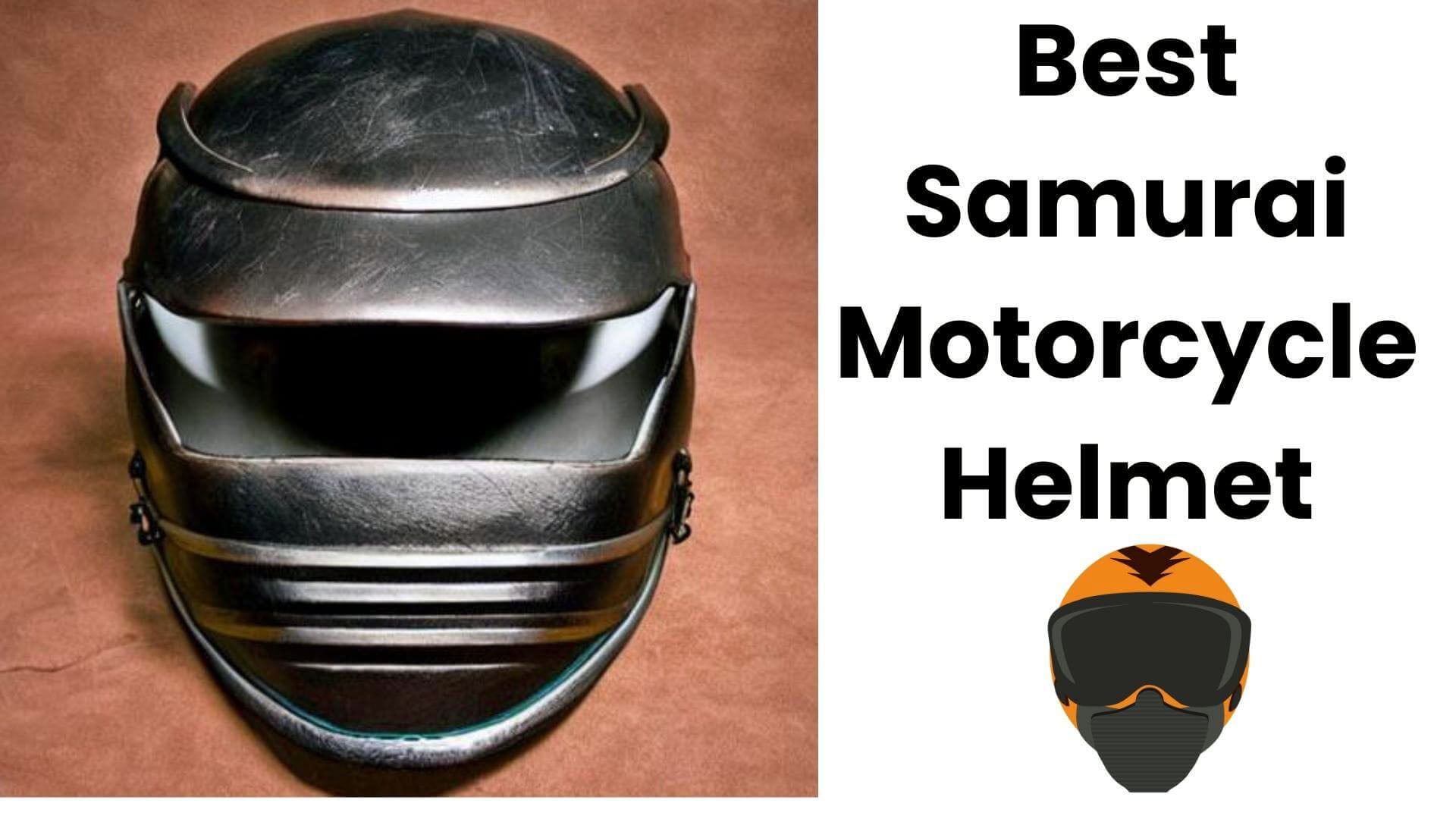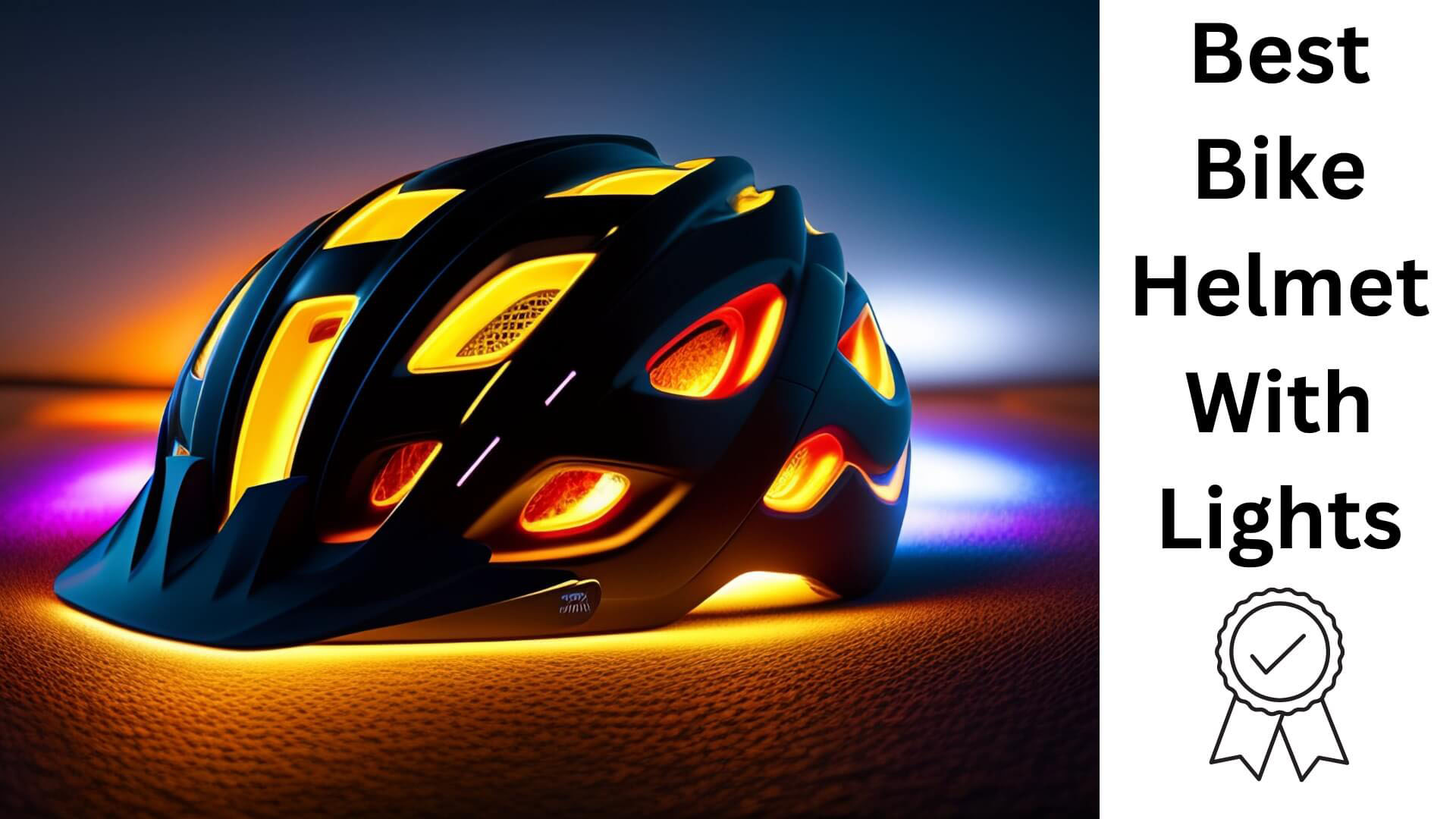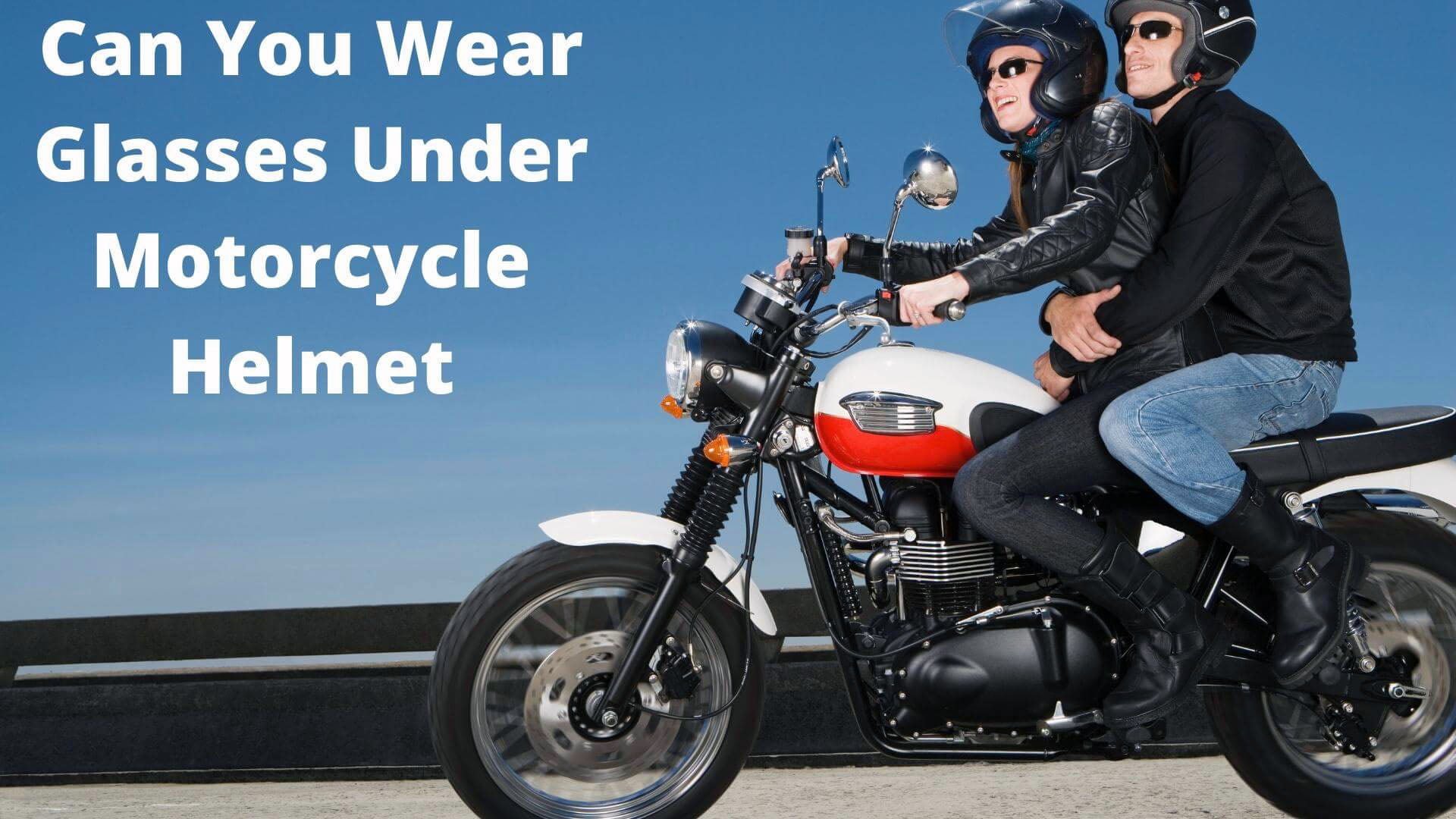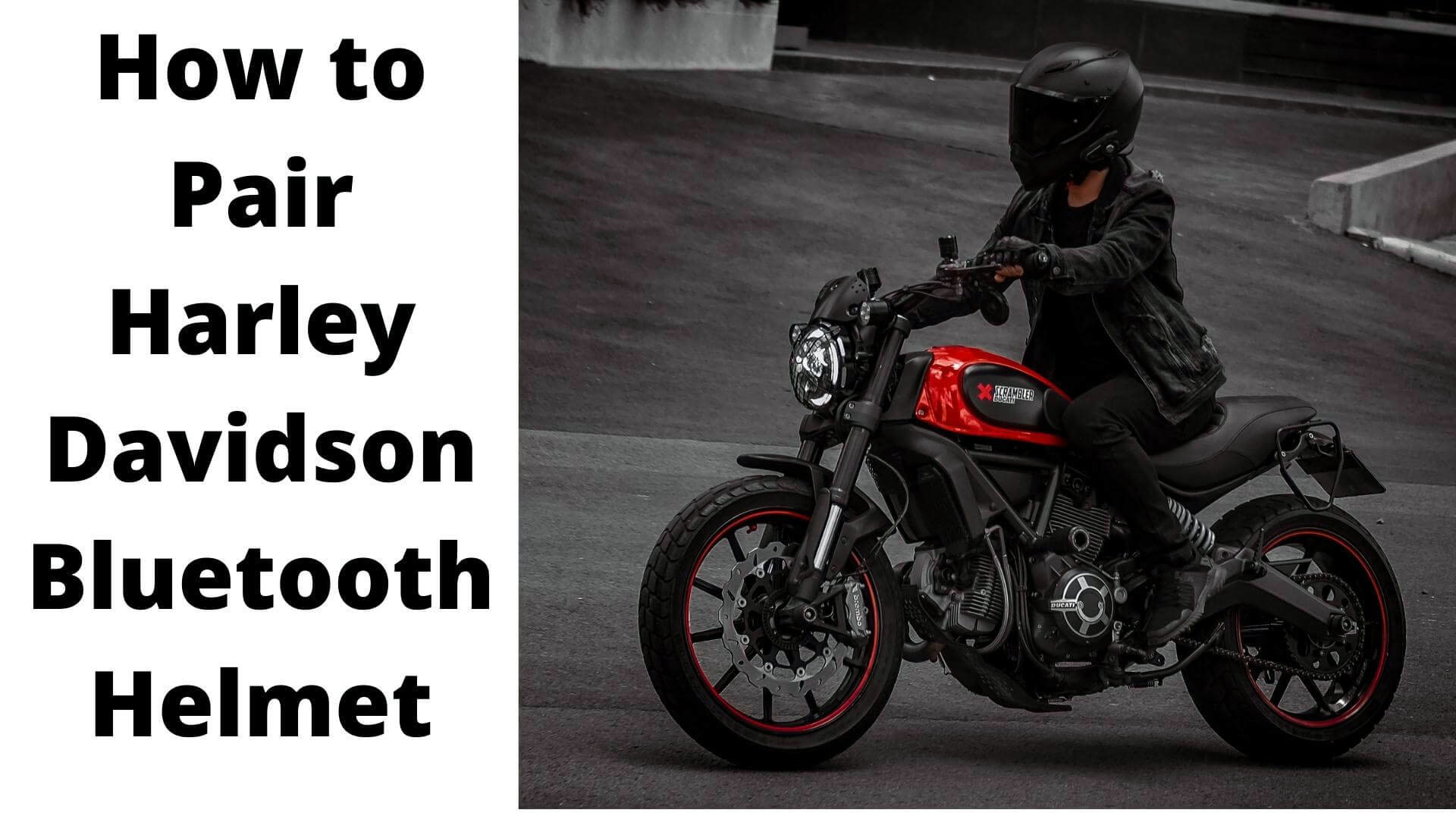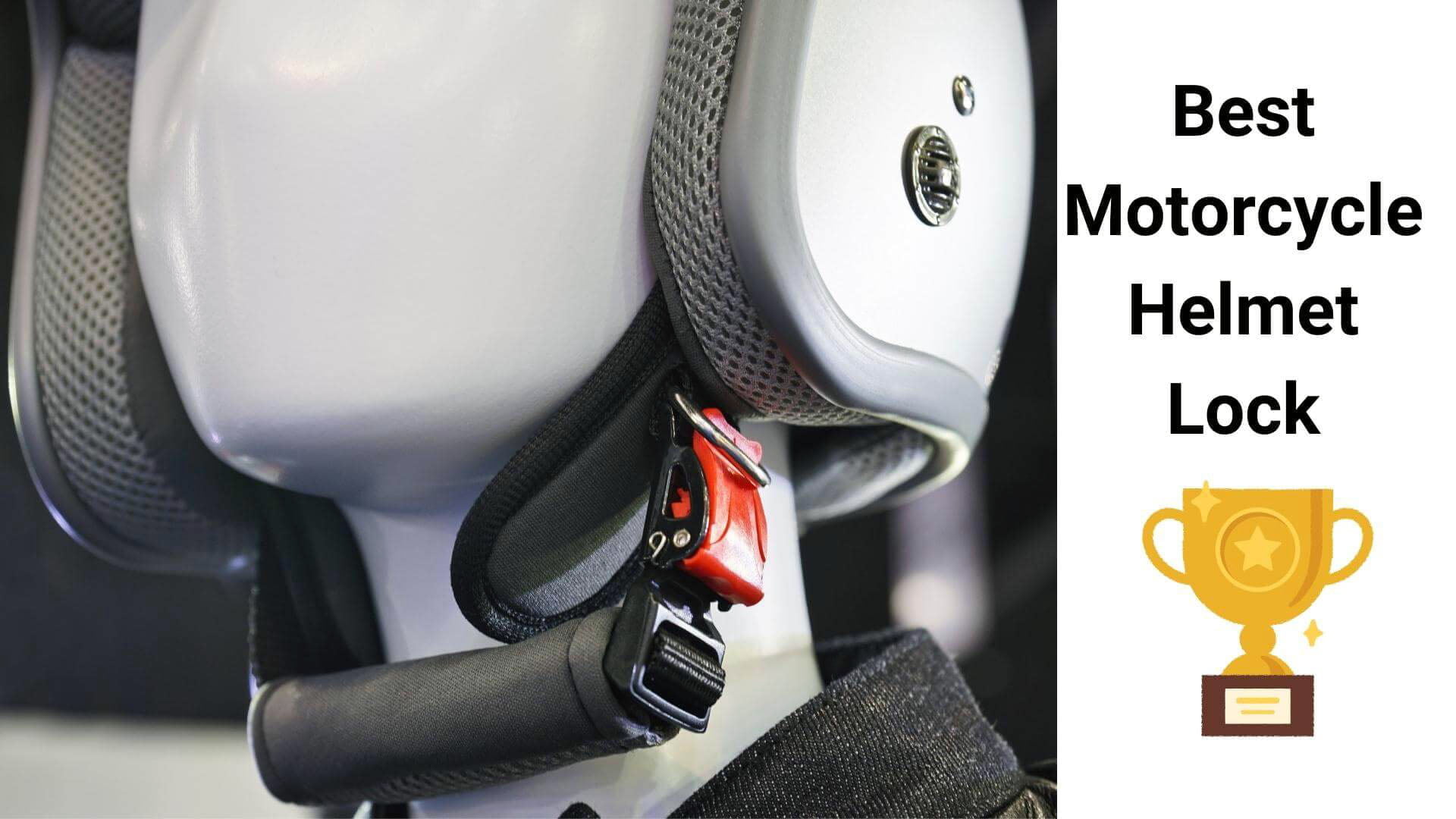What to Look for in a Bike Helmet? Why You Should Invest in One

Wearing a bike helmet is one of the essential safety measures when cycling. A good bike helmet can protect you from serious head injuries in an accident.
With so many different types of bike helmets on the market, it can take time to figure out what to look for. In this blog post, we’ll go over the key features to look for in a bike helmet, so you can find one that meets your needs and keeps you safe while cycling.
What are the different types of bike helmets available?
Several different bike helmets are available, each designed for a specific type of cycling. Some of the most common types of bike helmets include:
- Road Bike Helmets: Lightweight and aerodynamic, these helmets are designed for road cycling and racing.
- Mountain Bike Helmets: These helmets are designed to provide maximum protection for off-road cycling, with more coverage around the back and sides of the head.
- Commuter Helmets: A more casual type of helmet, these are designed for everyday riding and are often more versatile than other types of helmets.
- BMX Helmets: These helmets are designed for riding and racing and often feature full-face protection.
- Triathlon Helmets: These are aerodynamic helmets designed for time-trial races and are often more aerodynamic than other road bike helmets.
- Full-Face Helmets: These helmets offer full coverage of the head and face and are commonly used for downhill mountain biking, BMX, and some motor sports.
Each type of helmet offers its features, so choosing the one that best fits your specific cycling needs and preferences is essential.
Read More: When Were Bike Helmets Invented?
How do I determine the correct size for my bike helmet?
Determining the correct size for your bike helmet is essential to ensure comfort and proper protection while riding. Here are some steps to follow to find the right size:
1. Measure your head circumference:
Wrap a tape measure around your head, about one inch above your eyebrows and ears, to find your head circumference.
2. Check the helmet manufacturer’s size chart:
Most manufacturers provide a size chart that lists head circumference in inches or centimeters and the corresponding helmet size.
3. Try the helmet on:
Once you have found your helmet size, it’s essential to try it on to ensure a proper fit. The helmet should sit level on your head, covering your forehead, and be snug but not too tight around your head.
Check Also: How to Choose the Best Road Bike Helmet Under $100?
4. Check for adjustability:
Many helmets come with adjustable straps and dials to adjust the fit. Make sure the helmet fits comfortably and securely, even after you’ve tightened the straps.
5. Move your head around:
When the helmet is on, shake your head up and down, side to side, and front to back. The helmet should stay in place and not shift around.
6. Check the retention system:
Most helmets have a retention system that holds the helmet in place. Make sure it’s snug but not too tight, and adjust it for your head shape.
It’s also a good idea to try on several different helmets to find the best fit for your head shape and size. Try on helmets with similar shapes and profiles to the one you’re interested in, as different manufacturers may have slightly different sizing.
Finally, remember that some helmets will break in and become more comfortable after a few rides, so don’t be discouraged if the helmet feels tight or uncomfortable at first.
Read More: How to Wear a Bike Helmet?
How can I ensure a good fit for my bike helmet?
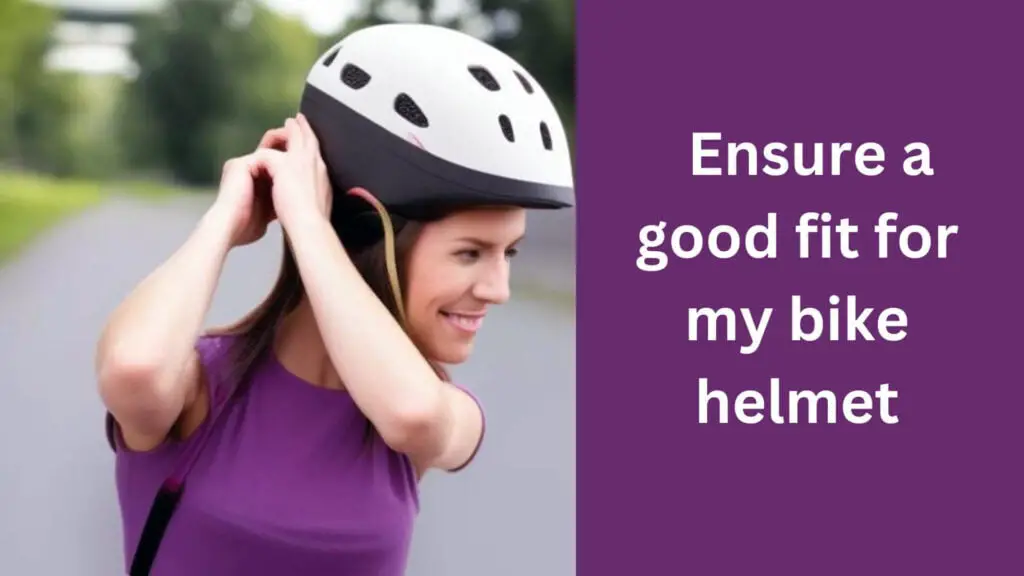
A good fit is critical to ensure the maximum protection offered by a bike helmet. When trying on a helmet, make sure it sits level on your head, covers your forehead, and is snug but not too tight.
The straps should be adjusted correctly for your head shape, and the retention system should hold the helmet in place without being too tight.
Shake your head up and down, side to side, and front to back, to ensure the helmet stays in place and doesn’t shift around.
What is the role of ventilation in a bike helmet?
Ventilation is essential for keeping your head cool and comfortable while riding. Bike helmets typically have air vents to allow air to circulate, helping to regulate temperature and prevent overheating.
When choosing a helmet, consider the number of air vents, the size of the vents, and their placement on the helmet.
Read More: Is it Illegal to Ride a Bike Without a Helmet?
How does the weight of a bike helmet affect its performance?
A lighter helmet is generally more comfortable and can reduce neck fatigue during long rides. However, lighter helmets may also have less protection, so it’s essential to strike a balance between weight and protection. Look for a lightweight and comfortable helmet that offers adequate protection.
What are the key features of a bike helmet for protection?
When choosing a bike helmet, look for one that meets safety standards, such as the Consumer Product Safety Commission (CPSC) in the US or the CE EN 1078 standard in Europe.
Key features to look for in a helmet for protection include a hard outer shell, a shock-absorbing inner layer, a secure retention system, and proper coverage for the head and neck.
Look for a helmet with strong and durable construction that offers a good balance between weight and protection.
How can I choose a bike helmet that offers both protection and comfort?
When choosing a bike helmet, consider both protection and comfort. Look for a helmet that meets safety standards, such as the Consumer Product Safety Commission (CPSC) in the US or the CE EN 1078 standard in Europe.
The helmet should fit snugly but not too tightly and have a secure retention system. It should also have adequate ventilation to keep your head cool and comfortable. Try on several different helmets to find the best combination of protection and comfort.
Read More: How to Clean Bike Helmet?
Are more expensive bike helmets necessarily better than cheaper ones?
Not necessarily. While more expensive helmets may have additional features, such as improved ventilation or a more aerodynamic design, the most crucial factor is that the helmet meets safety standards and fits well.
Some less expensive helmets can offer as much protection as more expensive ones, so it’s essential to look at the individual features and design of the helmet rather than just the price.
What are some additional features that can make a bike helmet more user-friendly?
Additional features that can make a bike helmet more user-friendly include:
- Adjustable straps and dials for a customized fit
- Removable and washable padding for hygiene and comfort
- Reflective accents for improved visibility in low-light conditions
- A detachable visor to shield your eyes from the sun and wind
How often should I replace my bike helmet, and why?
It’s recommended to replace your bike helmet every 3-5 years or after a significant impact, even if there are no visible signs of damage.
Over time, the materials and construction of the helmet can deteriorate, reducing its effectiveness in protecting your head in the event of a crash.
Additionally, the helmet may become worn or uncomfortable or no longer fit properly, so it’s crucial to replace it with a new one to ensure maximum protection and comfort.
When choosing a bike helmet, are there any special considerations for women or children?
There are special considerations for women and children when choosing a bike helmet. Women’s bike helmets are often designed to fit a smaller head with a different shape to accommodate differences in women’s head shapes.
Children’s bike helmets are designed to fit smaller heads and come in various fun colors and designs to encourage kids to wear them.
How can I properly care for and maintain my bike helmet?
To properly care for and maintain your bike helmet, follow these steps:
- Keep your helmet out of the heat and sunlight by storing it in an excellent, dry spot.
- Clean your helmet regularly with soap and water, avoiding harsh chemicals and abrasive materials.
- Check the fit and adjust the straps regularly to ensure the helmet stays secure.
- Replace your helmet after a significant impact or if it shows signs of damage, such as cracks or dents in the shell or liner.
What are the best brands for bike helmets, and why?
Some of the best brands for bike helmets include:
- Giro
- Bell
- Specialized
- Bontrager
- Lazer
These brands are well-known for their high-quality construction, innovative designs, and commitment to safety.
They offer a range of styles, features, and price points to find the perfect helmet for your needs.
Look for a brand with a good reputation known for producing high-quality helmets that meet safety standards.
Final Verdict
In conclusion, choosing a fitting bike helmet is crucial for ensuring your safety while cycling. When shopping for a bike helmet, consider factors such as fit, ventilation, weight, protection, and comfort.
It’s essential to look for a helmet that meets safety standards and fits properly, with straps and retention systems that keep it secure on your head. Consider additional features that can enhance your experiences, such as adjustable straps, removable padding, and reflective accents.
And remember to care for your helmet and replace it every 3-5 years or after a significant impact. With the fitting bike helmet, you can enjoy your ride with peace of mind, knowing that you’re protected in case of an accident.

Hey, I’m Hrithik Hossain. I am the head of helmethacks.com, which specializes in safety helmets. I am looking to connect with anyone interested in purchasing a helmet or who has any questions about different types of helmets. I have over 8 years of experience as a helmet expert, and I can’t wait to help you find the perfect helmet for you. I can help you with any questions regarding helmets, from the best brands to fitting, style, and more! I really enjoy keeping people safe by ensuring they have the best protection possible.

